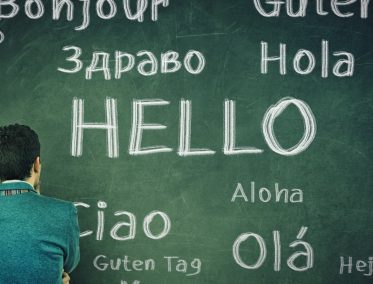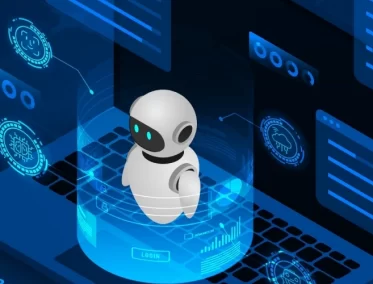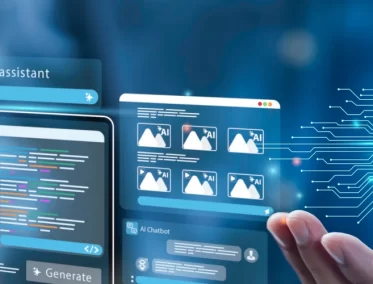Artificial intelligence and Machine learning integration into HR practices will improve organizations because these applications can analyze, predict and diagnose to help HR teams make better decisions. AI can automate several repetitive HR tasks to focus more on strategic initiatives. AI and ML can revolutionize employee experiences in several ways, from recruiting to talent management, by processing massive amounts of data quickly and accurately.
8 Use Cases of AI in Human Resources
1. Candidate Assessments
New artificial intelligence techniques are applied to infer a candidate’s cognitive traits, behaviors, emotions, or personality in video interviews or other assessments. Generally based on the same psychometric concepts historically used in self-report survey assessments.
2. Candidate Sourcing
The top-of-the-funnel tools focused on sourcing passive candidates. It uses publicly available data to enrich profiles and incorporates data from patents, research, social channels, GitHub, news articles, etc. It may also predict a candidate’s chance of readiness to change jobs or the candidate’s race or gender.
3. Employee Flight Risk Analysis
The employee flight risk score is related to the probability an employee will resign or leave the organization. Using AI and augmented analytics, it seeks to identify the organizational drivers that are related to higher attrition rates so as to decrease attrition. Various techniques may be used, such as simple regression or survival analysis.
4. Skills Management
AI-driven skills detection, analysis, and matching. Generally uses a knowledge graph. Basic approaches are based on skills in job descriptions or CVs. Others are curated sets of job-specific skills. The more complex automated organization-specific skills identification from tools where work gets done.
5. Payroll Optimization
AI techniques are used to detect payroll calculation and input errors, fraud, legal risk, or exceptions. This is frequently based on changes in payment patterns, user behavior, and automated analysis of pay rules. The usage of mainstream RPA is also common.
6. Sentiment Analysis
Natural language processing (NLP) techniques are used to identify employee experience-focused themes and sentiments. AI tools are used to analyze long text answers in surveys and may also use text from online anonymous facilitated conversations, or from other internal collaboration and communication tools.
7. Workforce Optimization
AI techniques are used by the HR department to detect optimum task times, task distribution, and work schedules so as to meet quality, volume, capacity utilization, and other organizational goals. This is generally linked to specific functions or teams where many employees are doing very similar roles.
8. Workforce Scheduling Optimization
Organizations can use AI techniques to optimize worker schedules for business performance and labor costs. You can automate intra-day management and decrease manager planning and administrative burden. This is done by leveraging operational data (e.g., production volumes, or foot traffic) along with worker-related scheduling constraints.




